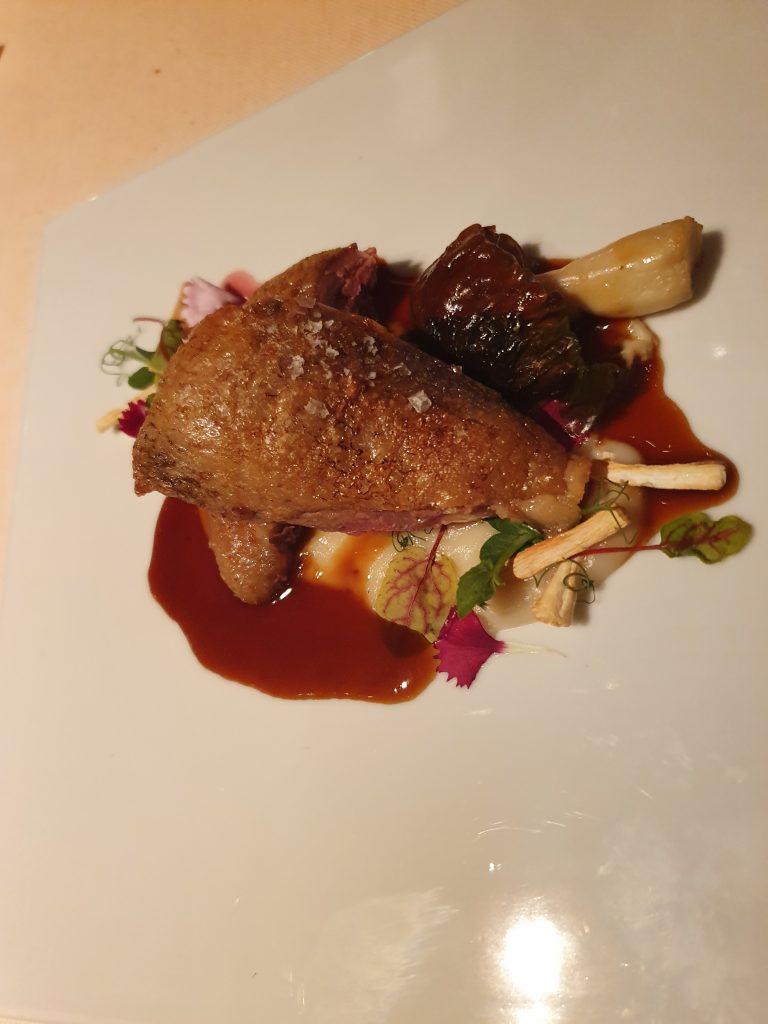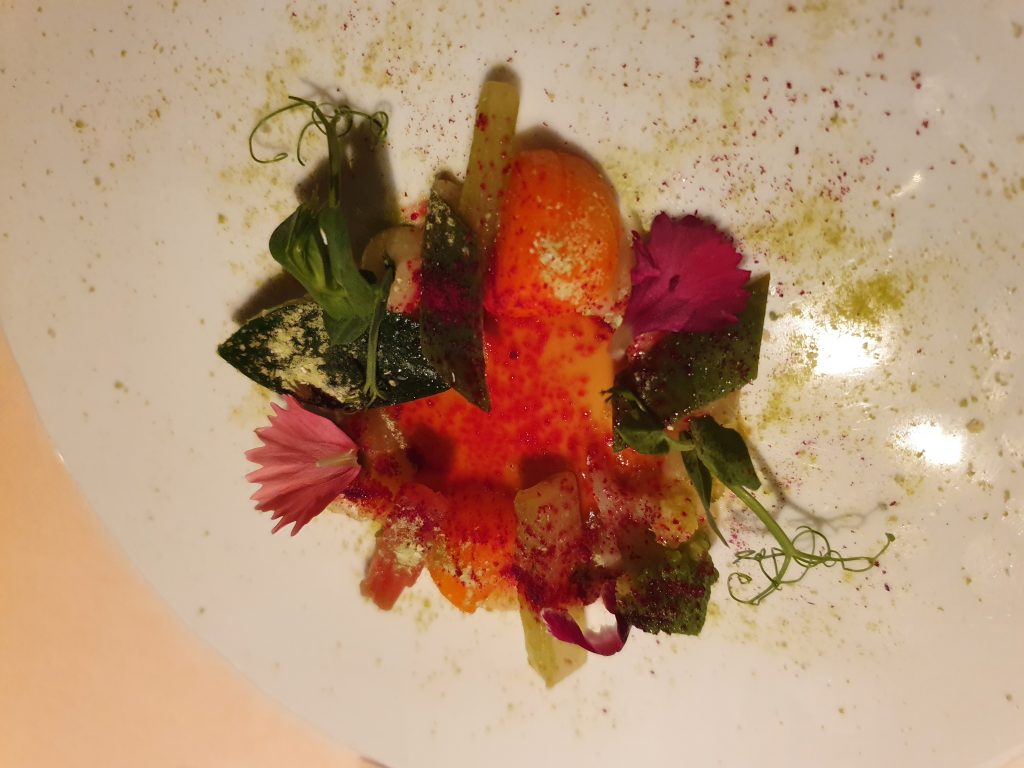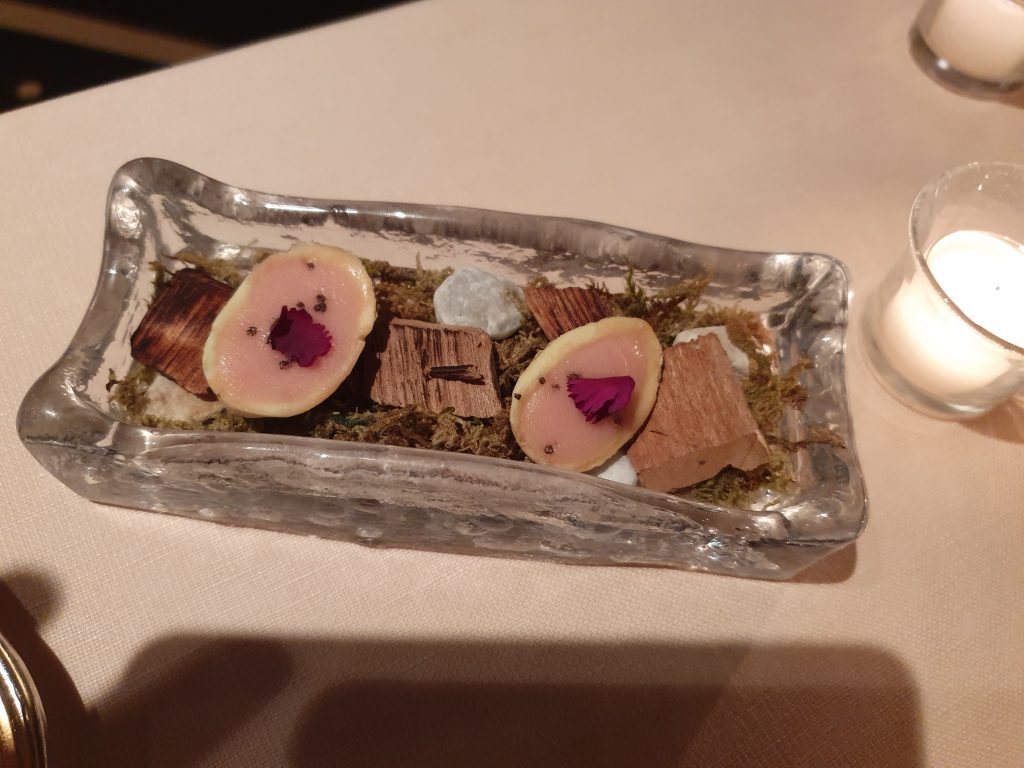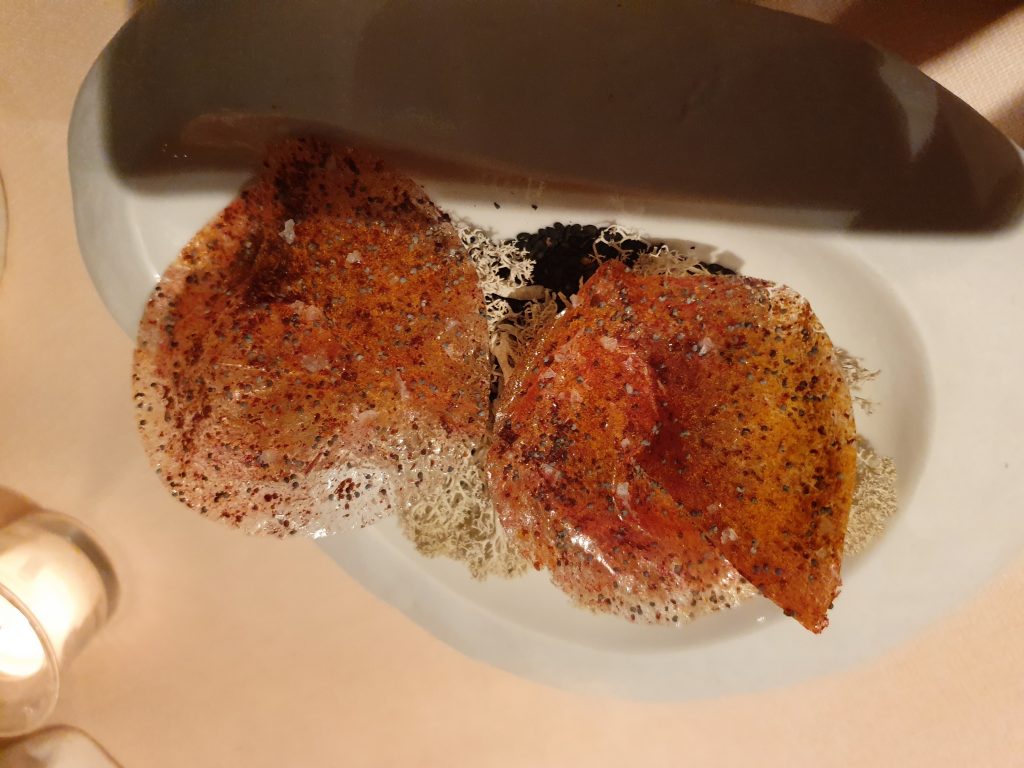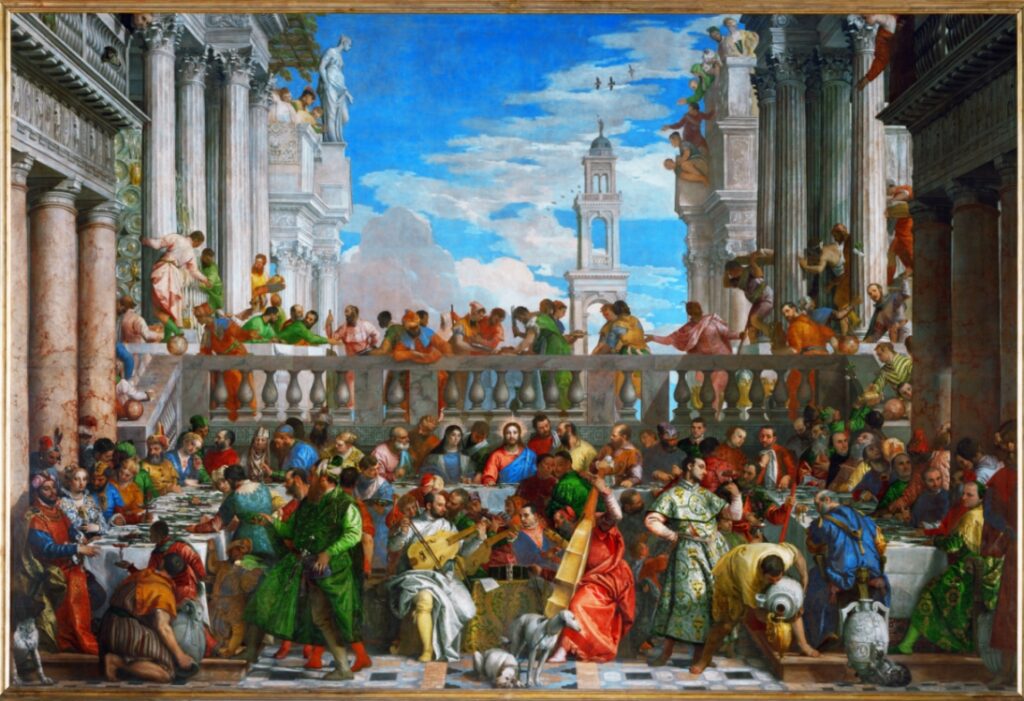Category Archives: Global
The Wedding at Cana, Veronese’s masterpiece
In the year 29, around April, Jesus Christ was invited to a wedding feast at Cana in Galilee, together with the disciples and his mother, Mary. During the feast he performed the first miracle of his public life: he changed water into wine. One of the most beautiful paintings that depict this episode is the large painting by Paolo Veronese, exhibited in the Louvre Museum Continue reading The Wedding at Cana, Veronese’s masterpiece
Pork: a gastronomic treasure / First part
One of the most famous sayings of the Tuscan gastronomic tradition is: “nothing is thrown away from the pig”.
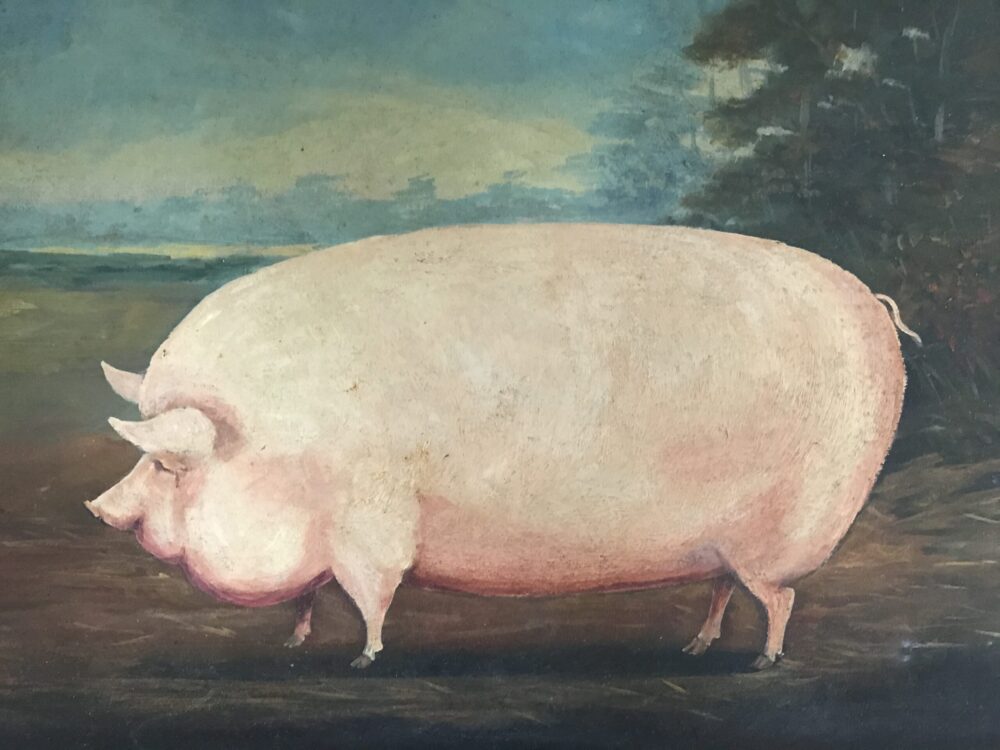 Among the most ancient and deeply rooted traditions of rural Italy we find the breeding of pigs for family consumption. Up until the 1950s and 1960s, pigs were raised domestically in the countryside, then, starting from that decade, they moved on to industrial farms aimed at the mere perspective of profit.
Among the most ancient and deeply rooted traditions of rural Italy we find the breeding of pigs for family consumption. Up until the 1950s and 1960s, pigs were raised domestically in the countryside, then, starting from that decade, they moved on to industrial farms aimed at the mere perspective of profit.
For centuries, pork has been the pantry of many families, a guarantee of fat and protein; in fact, up until a few decades ago, pork was the main, and perhaps the only, source of animal protein in a mainly vegetarian diet, and not by choice.
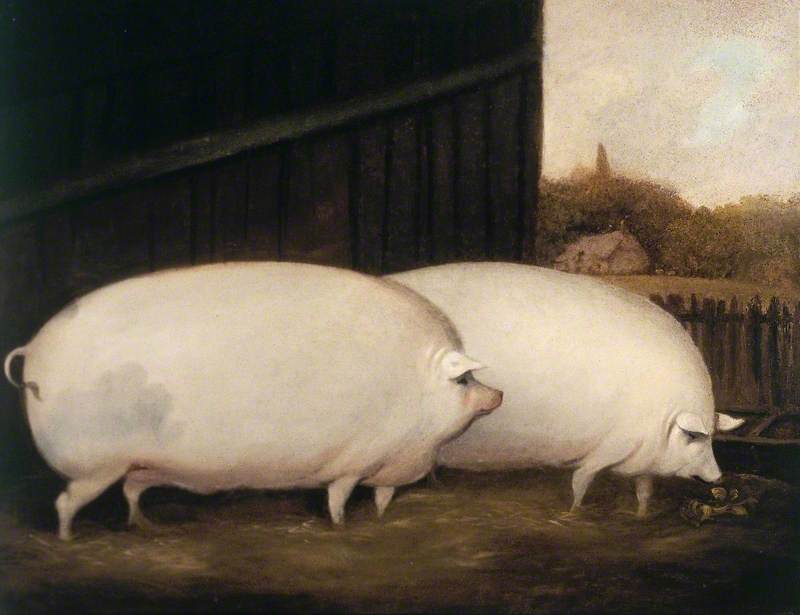
The meat was consumed exclusively during celebrations and holidays, and not always. To take a brief leap into the past, wealthy families who had the opportunity to buy a piglet, usually at village fairs, entrusted it to a farmer.
Farmer who raised it on his own farm, feeding it naturally, mostly with harvest waste. The killing of him generally took place between the months of December, January and February, the cold period of the year, when it was believed that the animal had reached full maturity, i.e. it greatly exceeded a quintal and a half in weight; the technique required that the pig be divided into 2 equal parts: one half for the owner, the other for the farmer.
 Then when the era of the masters ended, the peasants began to independently raise the pig and, when it was killed, the custom of sharing the meat with the whole family and often also with the neighborhood spread, as a reason of celebration and sharing. After the killing of the pig, a part of the meat was eaten fresh while the remaining part had to be kept for several months, and, in an era where there were no freezers or chemical preservatives, the mastery of working and drying the meat acquired vital importance.
Then when the era of the masters ended, the peasants began to independently raise the pig and, when it was killed, the custom of sharing the meat with the whole family and often also with the neighborhood spread, as a reason of celebration and sharing. After the killing of the pig, a part of the meat was eaten fresh while the remaining part had to be kept for several months, and, in an era where there were no freezers or chemical preservatives, the mastery of working and drying the meat acquired vital importance.
(To be continued)
Follow the programs on History Food Channel TV here: https://vimeo.com/historyfoodchanneltv
My new book is now ready
My new book (in French) “A ma table sur la Côte d’Azur” is now ready. You’ll find hundreds of photos and recipes with their history. You find it to my publisher Liamar Editions here: or on Amazon.
“La Pergola” in Rome: A wonderful culinary adventure
This mythical temple of good food has been awarded three Michelin stars for almost 20 years.
At the helm is chef Heinz Beck, German by birth and Italian by adoption. In fact, his cuisine is inspired by Italy and often in Rome: his main dish, the casoncelli, is nothing more than a re-interpretation of pasta alla carbonara: pasta, bacon, egg, parmesan, black pepper. But the similarities end there.
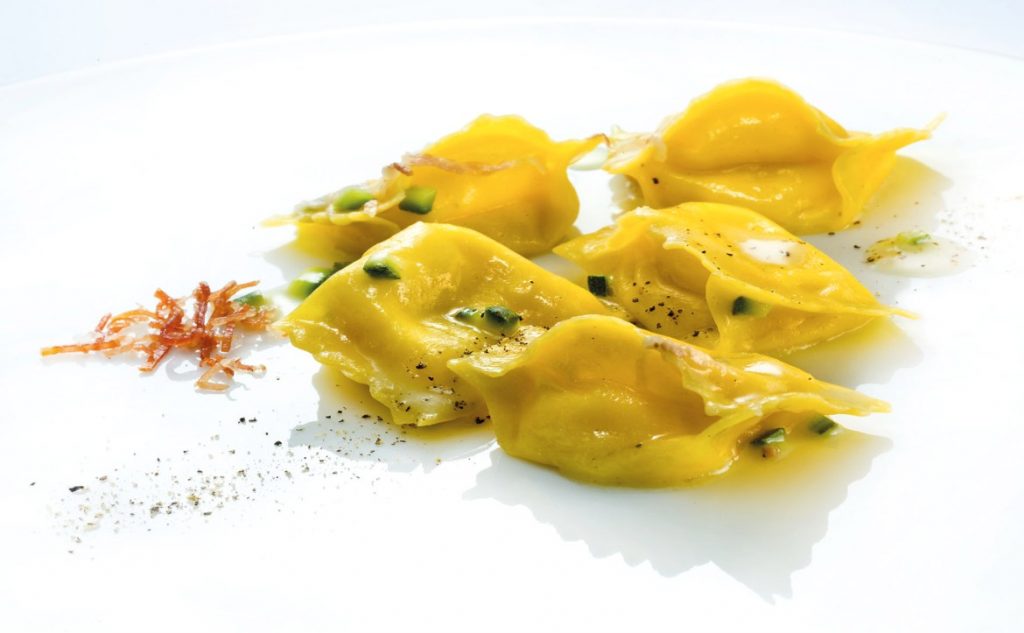 The texture takes the lucky guest into a world of delicacy, an evanescent lightness of the pasta that wraps the sauce (usually external) in an embrace of absolute goodness. They are simply tortelli made of very thin pastry which are then stuffed with liquid carbonara: in addition to the explosion of taste – unique – there is the wonder of the miracle of this gastronomic construction.
The texture takes the lucky guest into a world of delicacy, an evanescent lightness of the pasta that wraps the sauce (usually external) in an embrace of absolute goodness. They are simply tortelli made of very thin pastry which are then stuffed with liquid carbonara: in addition to the explosion of taste – unique – there is the wonder of the miracle of this gastronomic construction.
The rest is no exception: fish, meat, vegetables, desserts, everything is made to take you to a world apart.
If you pass through Rome visit La Pergola: you will not regret it.
La Pergola
Hotel Cavalieri Rome
Via Alberto Cadlolo, 101
00136 Rome (Italy)
Telephone: +39 (0)6 3509 2152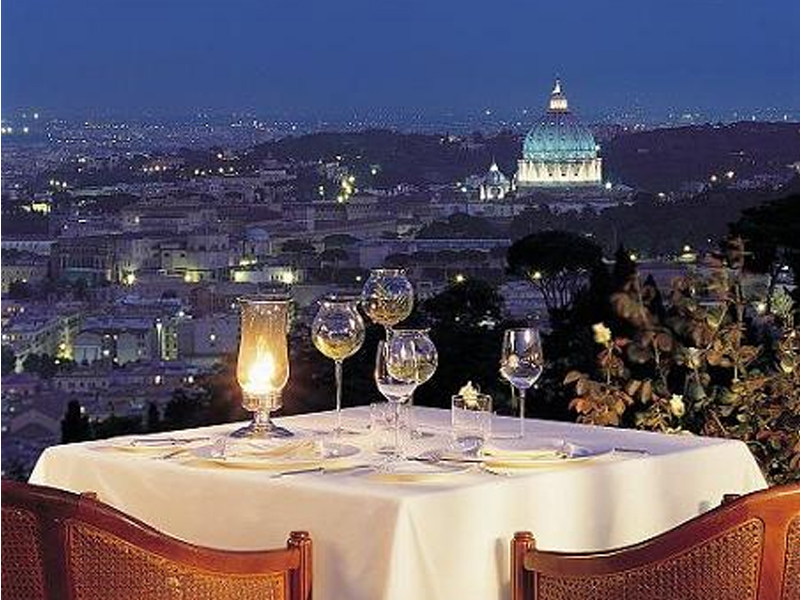
A LITTLE HISTORY OF CITRUS FRUITS AND AN EASY RECIPE

Citrus fruits are native to South East Asian countries and their cultivation is 4000 years old. They were cultivated first for their fragrance and then for their fruit. The culture’s spread has spread from southern Japan and the Malaysian archipelago to India. In the Mediterranean basin, Lebanon is one of the oldest countries to have cultivated citrus fruits.
The citron was the first citrus known from the Mediterranean basin around 300 years BC. The Romans know it under the name of apple of Media. The ancient Arab doctors of the Middle East prepared certain medicines from citron.
It was through the coastal regions going from Cilicia to the south of Palestine via Lebanon that the Crusaders brought it back and made known in Europe at the end of the 11th century the lemon and the bitter orange.

The Portuguese, for their part, introduced oranges from China in the Mediterranean basin, after the discovery of the route to India through southern Africa by Vasco de Gama. The citrus genus is the best known of the citrus fruits, it is characterized by several species and varieties given the importance of its production and the exceptional fragrance of its flowers. The mandarin tree is also native to China. Its name (mandarin) is linked to the color of its skin, the same as the silk dress worn by the mandarins, high officials of the Chinese Empire. Although its culture is very old, it was not introduced into the Mediterranean basin until the 19th century.
Like most citrus fruits, the grapefruit is native to Southeast Asia (archipelagos of Malaysia and Indonesia). He too is one of the ancestors of the citrus genus. Around 100 BC, was introduced to southern mainland Asia where secondary diversification has emerged (citrus maxima). Despite its age, the grapefruit did not spread until the 17th century. It was through the English captain Philip Shaddock that the first grapefruit seeds arrived in the Caribbean.
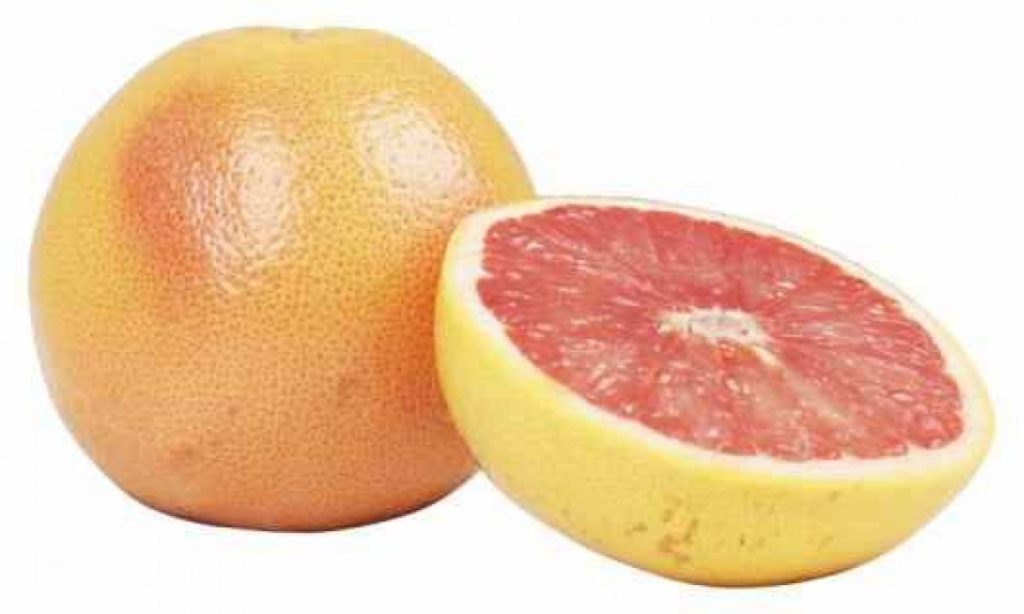
Later in the mid-18th century, the first pomelo (also called Grapfruit) was discovered in Puerto Rico. This new botanical species (citrus paradisi) is thought to be the result of a natural cross between a grapefruit and an orange tree. This hypothesis was confirmed through the use of molecular markers. Pomelo cultivation did not begin until around 1920.
Finally, clementine is the result of a cross between mandarin and bitter orange. Clementine was spotted by Trabut shortly before 1902 in a Mediterranean mandarin (Citrus deliciosa) seedling made by Father Clément Rodier in an orphanage near Oran in Algeria. The Algiers Horticultural Society gave it its name of clementine after his name. The success of clementines in Europe means that new cultivars of mandarins are often sold for clementines. This is the case with ‘Nova’, the Spanish production of which is sold under the trademark Clemenvilla.
ORANGE CAKE WITH MANDARINE ICING
Ingredients for 8 people: 1 orange – 3 eggs – 120 gr sugar – 140 gr flour – 100 gr melted butter – 30 gr dark chocolate 70% (bar) – 1 sachet of yeast – 1 bag of vanilla – Salt
For the icing: 5 mandarins – 30 gr sugar
Beat eggs, salt, sugar and vanilla sugar until the mixture turns white. Cut the orange into pieces with the peel and mix it. Add it to the egg mixture. Crush the chocolate bar into small pieces and fold into the mixture. Add the flour and baking powder, mix to incorporate. Finally add the melted butter and incorporate it well. Oil a round mold (diameter 22 cm), pour the mixture and level it. Bake in a hot oven 180 ° C for 30 minutes. Meanwhile, prepare the icing: squeeze two of the 5 mandarins and put the juice with the 30 g of sugar in a small saucepan. Mix and let the sugar melt over low heat. Cut the 3 remaining mandarins with the peel into round slices and add them to the syrup. Leave the mandarin slices to candy. When the baking is finished, let the cake cool for about 15 minutes, unmold it and coat it with the tangerine syrup. Decorate with the candied mandarin slices. It’s a cake that lasts a few days at room temperature.
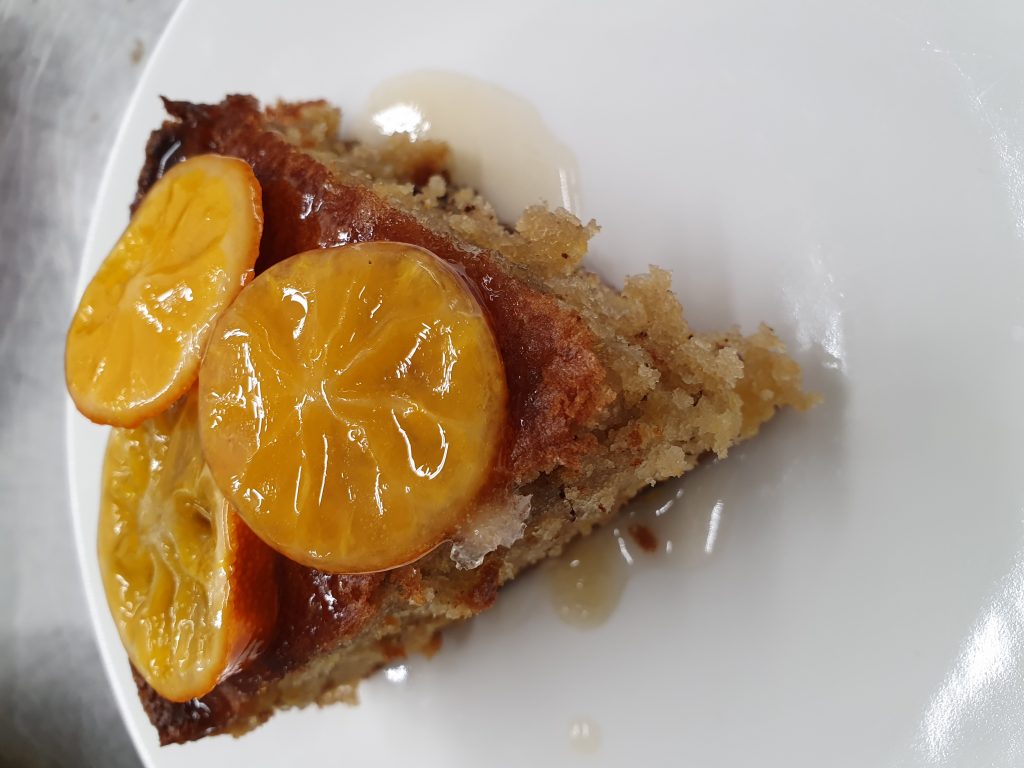
Stews, nostalgia on the menu
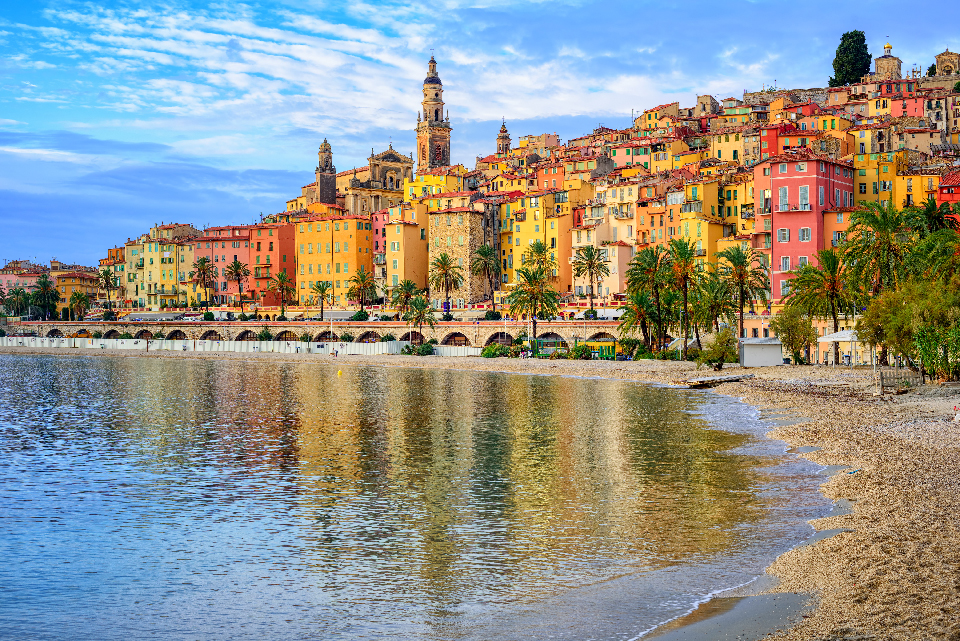
The Middle Ages is a “space in time” where the most common song was that of the terracotta casseroles which simmered all day long. The rich houses, like those of the poor, perfumed with this scent of vegetables, meats, wine, herbs and spices. The poor did not have too much meat and instead prepared vegetables, while the cooks of the rich used meats: poultry, beef, mutton, pork or game. Stews speak a common language, no matter what country they happen to be made: it is the language of mixing ingredients and simmering. We are talking about cassoulet in Toulouse (France), goulash in Budapest (Hungary), tocanitza in Transylvania (Romania), okra in New Orleans (United States), feijoada in Rio (Brazil) , zharkoe in St-Petersburg (Russia), tajine in Marrakech (Morocco), bœuf bourguignon in Bordeaux (France), domoda in Banjul (Gambia): they are all brothers. Juicy, bewitching, comforting, warm, seductive, these dishes long underestimated, have made a resounding comeback in recent years. They are particularly suitable for this period of lockdown. Being at home is an opportunity to rediscover the flavors of long-term dishes. This is why I am offering you an old dish, typical of the South of France and more specifically of Menton. I discovered it in a family recipe book called “Menton, 1778-1793”. It seduced me by its simplicity and then by its taste. It can be prepared in advance and reheated. It can be kept in the fridge for a week. If there are any leftovers, they can be chopped and seasoned on a pasta dish or garnished with a bruschetta.
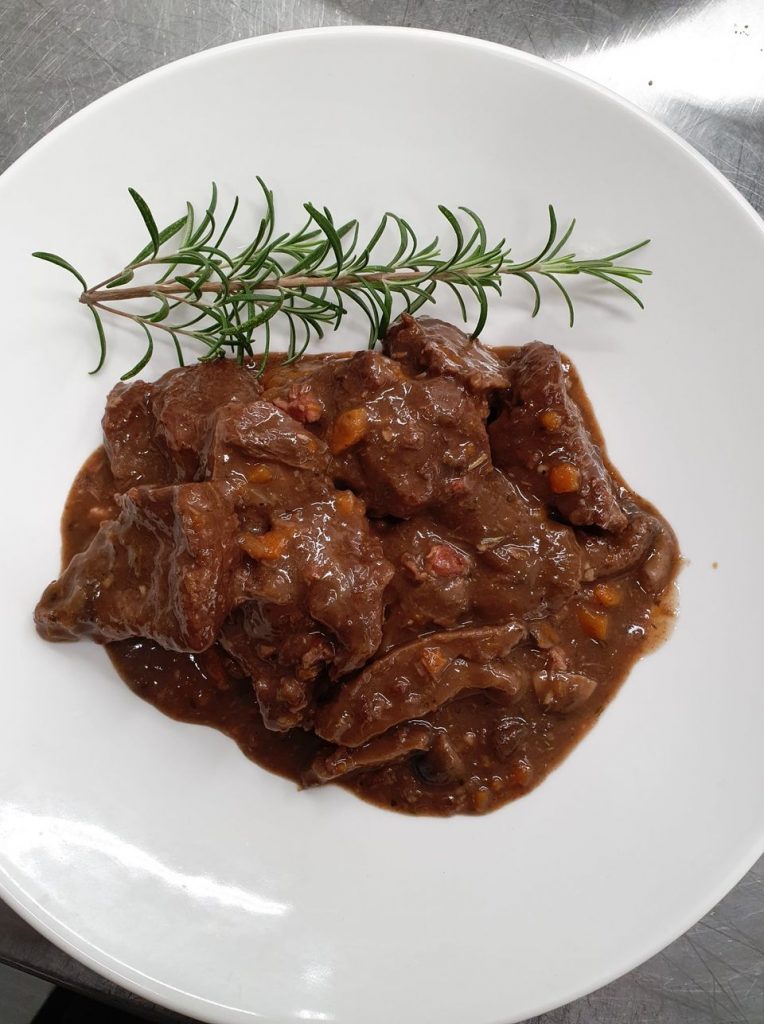
BEEF STEWED WITH RED WINE FROM PROVENCE
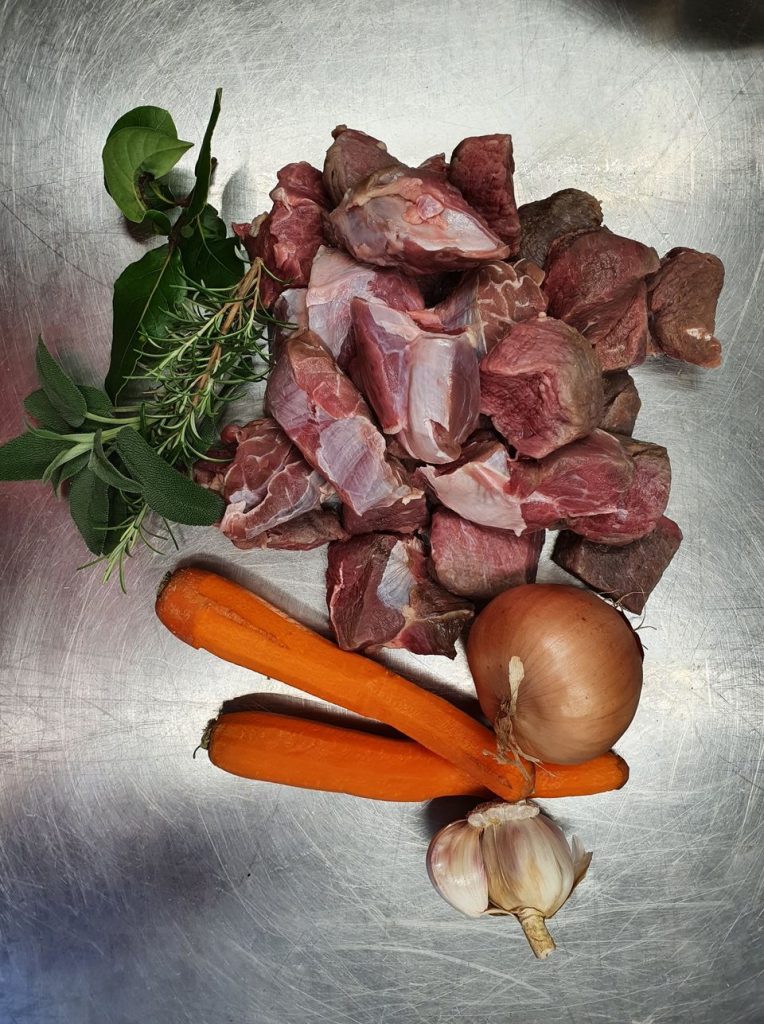
Ingredients for 6 people:
- 1.5 kg beef (shank or chuck are best for this recipe) cut into 3-4 cm dice
- 200 gr bacon
- 60 gr butter
- 1 onion, diced fairly large
- 2 carrots cut into slices
- 2 cloves garlic
- 4 tbsp flour 60 gr flour
- 50 cl red wine from Provence
- 2 glasses of meat stock (prepared with 2 cubes melted in 50 cl of boiling water)
- 250 gr mixed wild mushrooms
- 1 bouquet garni
- Salt and pepper
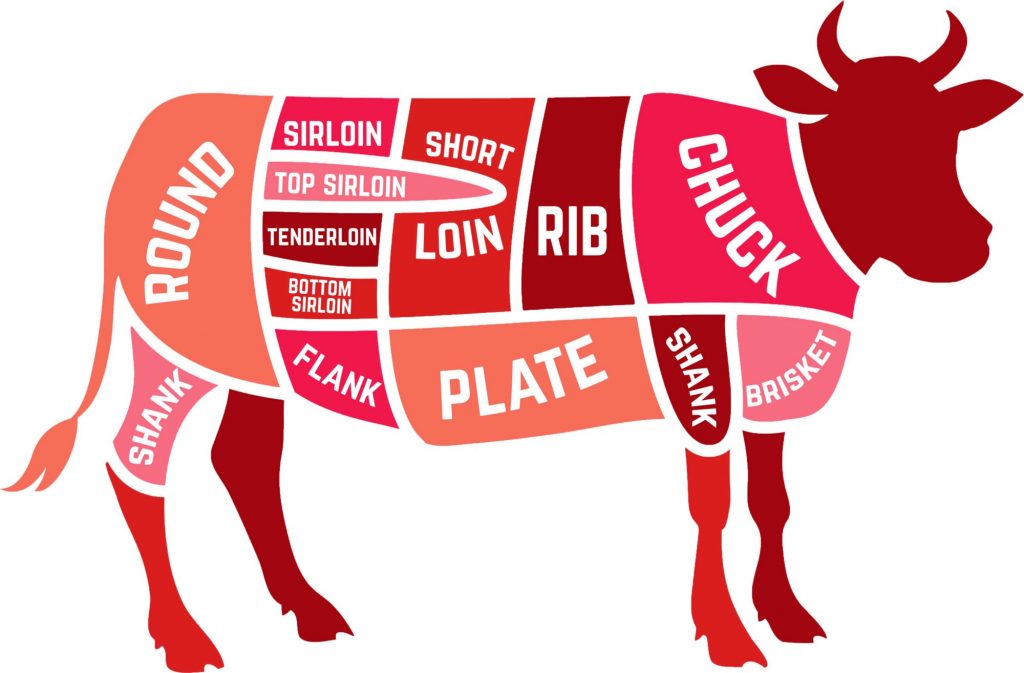
In a large casserole dish, melt the butter. Add the onions and bacon and brown them, stirring constantly. When they are golden, remove them with a skimmer and set them aside. In the same casserole dish, brown the pieces of meat over high heat. Add the carrots and sauté for another 5 minutes. When the meat is golden brown, sprinkle with flour (60g) and leave to brown, still stirring. Pour in the broth. Scrape off the juices. Return the bacon and onions to the casserole dish. Pour in the red wine. Season with salt and pepper and add the bouquet garni and the crushed garlic cloves. Bring to a boil. Cover and simmer gently for 3 hours (small broths). The sauce should be tied, but not too thick. At the end of this time, add the sliced mushrooms, and cook for another half an hour. Remove the bouquet garni and serve with pasta, or steamed potatoes (or mash) or, as I did today, with a good polenta.
L’ASCENSION D’UN PLAT: LA RATATOUILLE
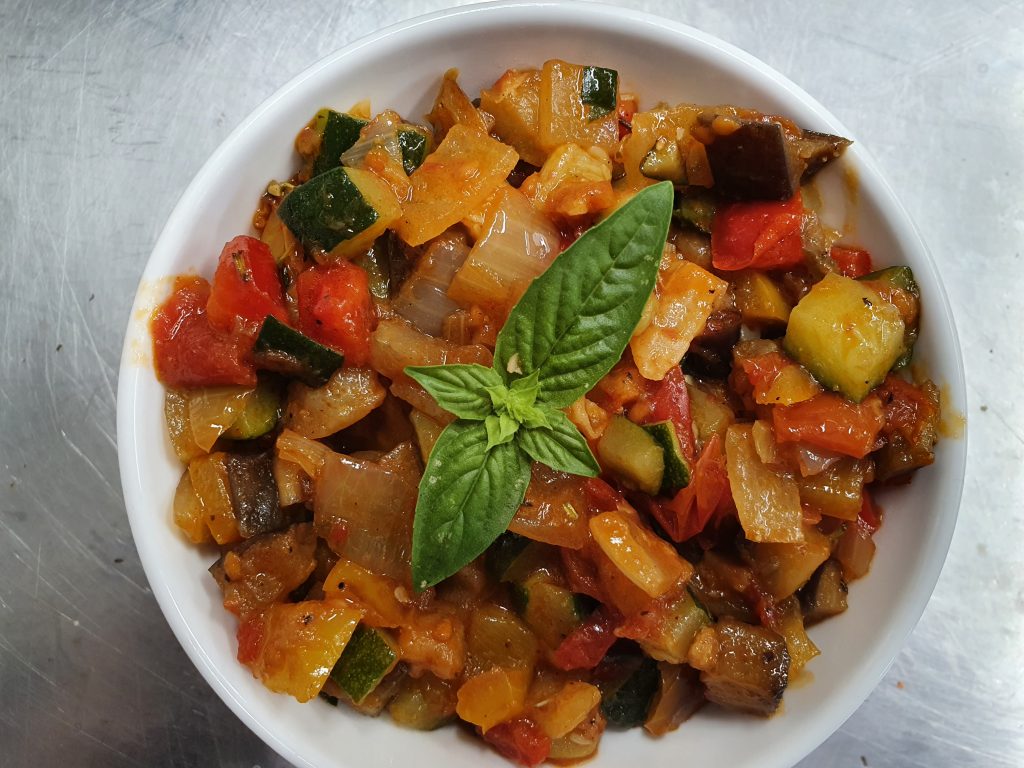
The story of a Mediterranean favorite meal
The vegetables essential for this recipe were imported into Provence very late. Eggplant, native from India, only began to be cultivated and consumed during the Renaissance, (15th-16th century). Likewise for the tomato, native from South America, which was introduced into Europe by the Spaniards at the beginning of the 16th century: it was then considered an ornamental plant and its fruit then called “golden apple”. It started to be cultivated only in the 18th century. Finally, the courgette did not arrive in France until the beginning of the 19th century (see its history in my previous articles).
Today’s ratatouille is therefore a relatively recent preparation: a delicious stew of simmered sunny vegetables and olive oil, it brightens up the tables in summer and delights our palate. Tomatoes, zucchini, eggplant, peppers, onions and garlic are the protagonists of the recipe. It takes its name from the Occitan word ratatolha designating a vegetable stew.
Although very popular today, the ratatouille has been slow to find its place among the tasty and popular French dishes. Indeed, the first written traces of the word ratatouille date back to 1831 in Le Journal des sciences militaires des armées de terre et de mer where an unflattering description was given to it. It is a dish consumed by the military and also served in prisons, because ratatouille was easy and quick to cook.
In 1846, ratatouille was defined in the Dictionnaire provençal-français as “a soup for rats” and “a bad stew”. What a shame!
The very first publication of the current ratatouille recipe finally appeared a century later, in 1952, in a transport magazine, La Vie du Rail. Composed of vegetables widely cultivated by families in Provence, it is then very close to the Basque piperade as well as the bohemian, another Provencal dish made with eggplant and tomatoes. For several years now, the greatest chefs have enjoyed cooking ratatouille, transforming this simple dish into a delicious and refined preparation, so well presented that it seems a sculpture rather than the simple and somewhat shapeless dish we know. The most famous ratatouille recipe is from Nice, but there are of course as many recipes as there are cooks. It is eaten in other countries as well, with other names and sometimes small differences in the composition of the ingredients.
Here is my recipe, inspired by ratatouille from Nice, but slightly modified in my own way.
LA RATATOUILLE
Ingredients for 4 persons:
2 courgettes
2 eggplants
2 onions
12 tomatoes
1 red pepper
1 yellow pepper
4 cloves of garlic
125 ml of olive oil
6 basil leaves
1 bouquet garni with thyme and bay leaf
Salt and pepper.
Remove the skin from the tomatoes by boiling them for a few seconds; then hollow them out.
Then dice all the vegetables and cook them one by one (except the tomatoes), separately, in a well-oiled pan. When they are golden brown, we mix them all together and put them aside.
The classic recipe dictates that when finished, drain the golden vegetables and pour them into a casserole with the tomatoes where they are left to simmer for 40 minutes. But I prefer to do it my way. (You have to choose in life: if you want to be a cook, you follow the recipes to the letter. But if you aspire to be more like a chef, you have to modify, create, take inspiration from classic recipes and have the courage to change and adapt them: I prefer this second solution).
So I was saying that I have my ratatouille recipe, which is only inspired from the classic one. So I prefer to cook the tomatoes on their own as well, with minced garlic, the bouquet garni, salt and pepper. At the end I remove the bouquet garni from the tomato sauce and I mix this sauce with the golden vegetables. Before doing this, I heat all the golden vegetables a little. After mixing the vegetables with the tomatoes, I add the fresh basil. Doing so, I have the impression that each vegetable retains its color and taste, which gives a major harmony to the dish.
Ratatouille is a dish in itself (vegetarian) or it can accompany fish or chicken breast (as I did today). Ratatouille can be eaten either cold or hot, but always from June to October to respect the seasonality of the vegetables.
We Are All Poor

The poor are afraid of hunger and disease.
Now we are all poor. Terrified.
But even if people hysterically seek food and health protection, it is a revelation that most of the things they have bought so far are dispensable, useless. Brand perfumes, bags of thousands of euros, expensive watches, designer clothes.
What does it all mean now when you’re locked in the house? In the absence of relationships and especially social appearances, we return to the essential. Today, a Ferrari is worth as much as a Ford.
It’s a lesson in merit. We now realize that we need more and better paid doctors and researchers than footballers and television stars – who we don’t even know what they do off the screen. Footballers paid with astronomical amounts, who advertise exactly the things we no longer need at the moment. Now we realize that we have invested more in stadiums than in hospitals and research laboratories. Today, the real influencers of the world, or what will remain of it, are at work, for all of us. In the first line: nurses, doctors, supermarket employees, transporters…
Luck today means get away with it all, not make money lost by others. This little virus, circulating invisible, like a ghost, spiritualizes us in a good way. True. It heals us from habit. It reminds us that true faith is in the mind, not in the body, much less in objects.
It reveals to us, more than ever, that opulence contrasts with this Jesus who lacks material goods.
And we too, today, more than ever, have the opportunity to learn the true value of things in life.
A Tasty Adventure
Rome does not belong to a country – Italy – but to the world, like some other cities – New York, Venice, or Paris.
The Romans have a raw cuisine, made of strong and somewhat rustic tastes: guanciale di maiale (smoked pork cheek – hero of many tasty dishes), abbacchio (a mature lamb, mostly cooked alla scottadito – burning fingers – it means on the grill and served hot), coda alla vaccinara (cow tail with with spices and vegetables), pasta alla carbonara (made with eggs, cream, guanciale di maiale and parmigiano cheese).
But there is a place in Rome where all these dishes are sublimated into diaphanous and tasty preparations, dressed in spices and herbs that are sometimes surprising because they come from the four corners of the planet, but that blend perfectly. It is the La Pergola restaurant, by Heinz Beck. If you visit Rome, you can’t not to go to Heinz. He is the proud owner of three stars Michelin for so many years.
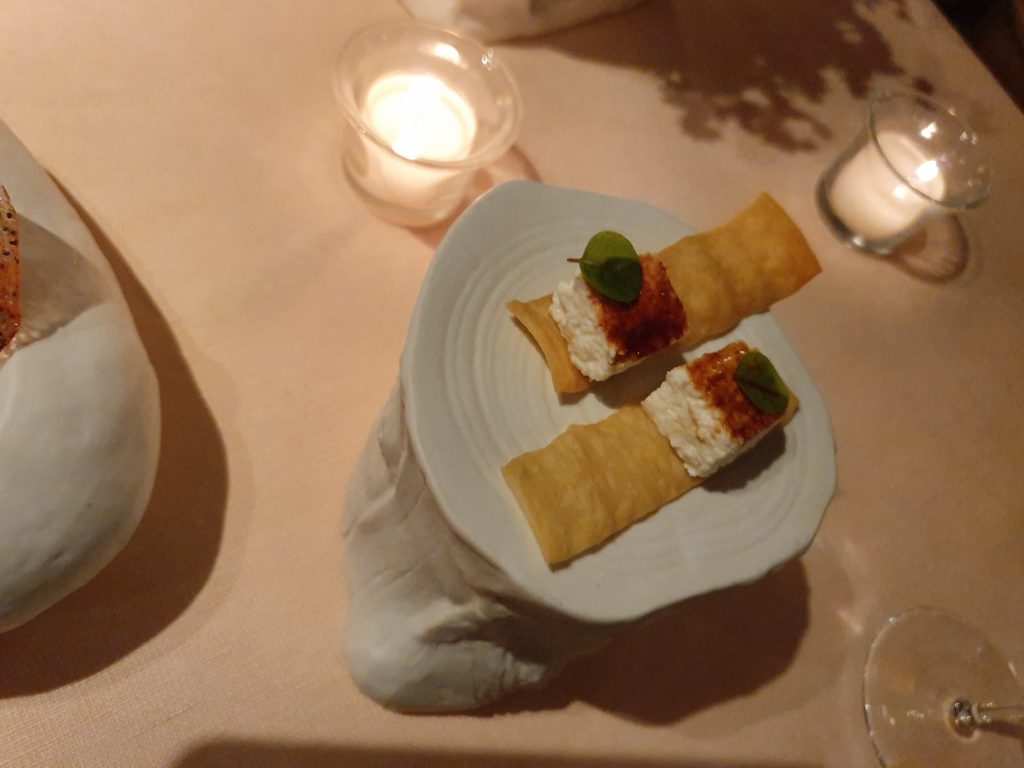
A German chef turned Italian. He comes from the same village as Benedict XVI and for this great Pope he often prepared the typical apple pie, so loved by both. In La Pergola you will find the fagotelli, a fresh pasta filled with liquid carbonara: It sounds impossible and defies the physic’s laws, but it is the truth. Besides, fish, meat and vegetables are created like artworks.
The restaurant is situated in the wonderful Rome Cavalieri Hotel, a Waldorf Astoria Resort.
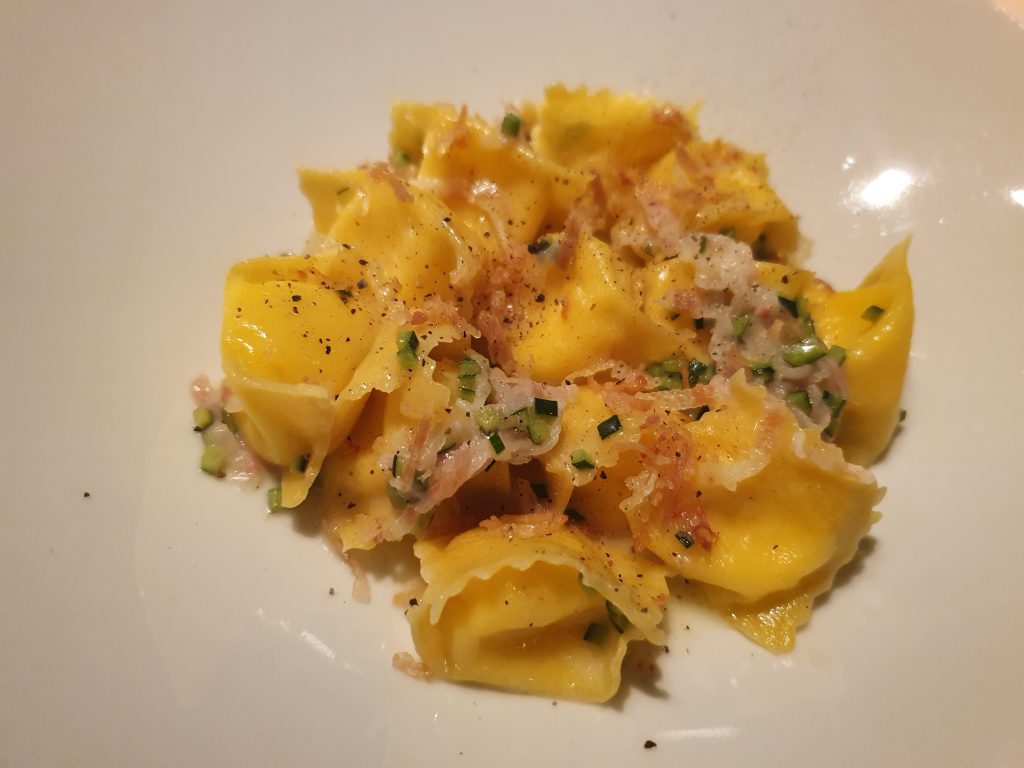
The dishes will leave indelible memories in your “taste archives”, the atmosphere will inspire you, the service will enchant you. And the cellar is up to this. I had a wonderful dinner with my husband Mauro this week. For us, a visit to La Pergola is a tradition, every time we visit Rome.
But I let the photos speak.
